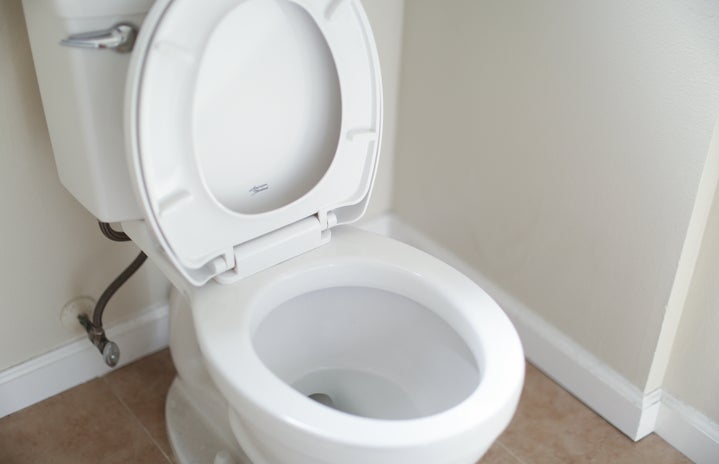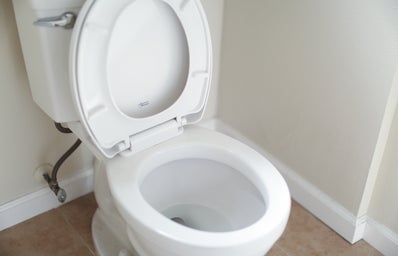I recently finished my bachelor’s thesis and I thought it would be fun to write a little summary of it here, especially since the topic I wrote about is somewhat misunderstood and controversial. My topic was trans people in gendered spaces. I wanted to research this topic specifically because I had heard a lot of arguments claiming that letting trans women into women’s spaces would increase the harassment faced by cis women but also lots of arguments saing this is absolutely not true. While researching the topic, I noticed that there is actually very little research done on it.
According to some, there are two reasons why the harassment faced by cis women in gendered spaces would increase with the inclusion of trans women: either trans women would harass cis women or it would be easier for cis men to enter the spaces to harass cis women. Like I stated, there has really not been research on whether harassment actually increases with the inclusion of trans women. However, earlier research has found that trans women are no more aggressive or likely to harass others than cis women. Since there is also no proof that allowing trans women into women’s spaces increases harassment, it would be very unjust to deny trans women access. According to research, by far most sexual predators are cisgender men. Even if men followed trans women into women’s spaces and harassed the women there, that would hardly be the trans women’s fault and punishing them for it would be absurd. Allowing trans women to enter women’s spaces also does not mean that they, or anyone for that matter, are allowed to harass the people there and if they do, they should of course be punished for it.
Trans men are often completely left out when discussing trans people and gendered spaces. However, if trans people are banned from the spaces that correspond with their gender, that would mean trans men would have to use women’s spaces. That means that they would also bring for example their penises with them to these spaces if they have undergone gender reassignment surgeries. “Penis panic” is a concept that describes women’s fear of penises and it has been used to argue that trans women should be not allowed to use women’s spaces. As we can see, however, driving trans women out of women’s spaces does not solve this problem, not to mention that many trans women do not even have penises (though having one doesn’t make them any less a woman).
Trans people are a vulnerable and often oppressed group in all societies and that also shows when contemplating gendered spaces. Trans people are more likely to get verbally or physically harassed in gendered spaces than cis people. Many trans people also feel unsafe in gendered spaces, with some going as far as to avoid using them completely when in public. This can make for example going to school or work very difficult. Trans people are also more likely to experience mental health problems than cis people and denying them access to the spaces corresponding with their gender often makes matters worse since it means questioning their gender identity.
Gender Neutral spaces have been offered as a solution to the contradiction caused by gendered spaces and genderqueer identities. Often they are a great solution, since they also include non-binary identities. However, trans people should not be forced to use gender neutral spaces if there are also gendered spaces available because that would erase their binary identities (meaning trans women are really women and trans men are really men). Even some non-binary people might not want to use gender neutral spaces out of fear of outing themselves. So, there are many positive sides to gender neutral spaces but they do still have different kinds of problems to them.
In conclusion, I believe that trans people should absolutely get to use the spaces that correspond with their gender. Trans people do not provably pose any danger to cis people using the spaces but letting trans people use the right spaces shelters them from mental health problems and harassment. This was a very brief summary of my bachelor’s thesis but in reality I went through about 60 different articles discussing this specific topic. So, everything has been scientifically researched and proven by several different researchers. If you got interested in this topic, I would recommend reading for example Sheila Cavanagh’s book “Queering Bathrooms” or just typing “trans people bathroom” on the Google Scholar search bar.


